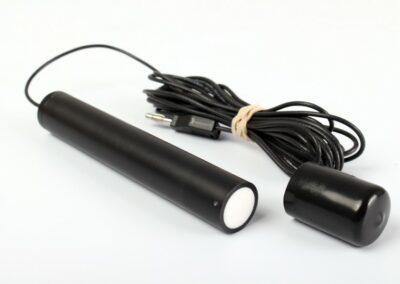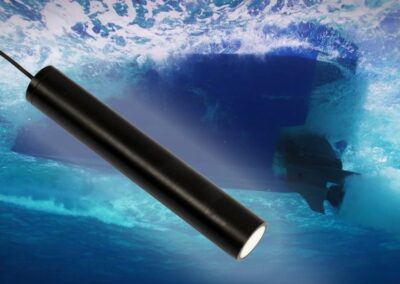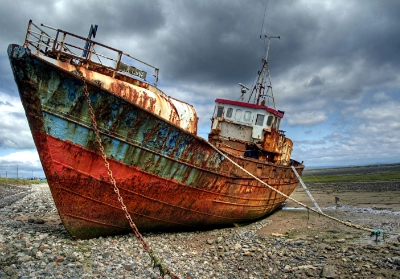Metal Corrosion and Boats
From the minute your boat enters the water it starts to rot, corrode or rust. This process will continue relentlessly and your Boat Hull, or any metal components under the waterline, will never be in as good a condition again.
All you can do as a responsible Boat owner is monitor the Condition of your Hull and take some remedial measures at the appropriate time to prolong the serviceable life.
Why does my Boat Rot, and what can I do about it?
Why does Metal corrode in water?
Metals are strong. The metal atoms are arranged in rigid structures and they are surrounded by electrons which are relatively fluid. This allows metal to conduct electricity which is fundamentally the flow of electrons.
Your Hull and any other Metal in contact with the water therefore has a ready supply of electrons which are negatively charged. Unfortunately the water that your Craft is floating in has a positive charge and is permanently looking for sources of electrons to become more stable. Any metal in water is a perfect target.
Not all water is the same. If the water is slightly acidic, more Salty or has more Oxygen (fast flowing or white water) it will be more positive and able to steal electrons more readily from your Boat.
Removal of electrons is a process called Oxidation other words for this include corrosion or rotting.
Fortunately, you can measure both the availability of electrons in your Hull and the corrosive potential of the water and take appropriate action!!
Hull potential.
Measuring Hull Potential is very simple and quick. Using the Boat meter kit simply connect the Hull to the positive terminal and place the electrode in the water near the hull. The readings for new boats will be as follows e.g.
Aluminium Hulls -900mv (unprotected)
Steel Hulls -600mV (Unprotected)
The results are negative as electrons are negatively charged. The more negative the result is the more electrons you have locked up in the Hull. This is a good thing.
Water Potential (REDOX)
As the water steals electrons and corrosion occurs this result will become less negative.
Otherwise known as REDOX (Reduction-Oxidation) Potential. This is even easier to measure just connect the two electrodes up to the Boat meter and place them in the water and take a reading.
Normal river water for instance will be around +100-200mV. Notice that this is positive!!! The water is therefore looking to take electrons from anywhere it can. The more positive the result the more corrosive the water is. Slightly acidic water is often +200mv or more. Swimming pool water for example is around +700mV as it contains an Oxidising agent (Chlorine).
A Marina will have a profile where the REDOX potential varies across its moorings. More importantly Measuring these potentials can help identify any more serious issues such as Stray DC or poor earthing.
.




